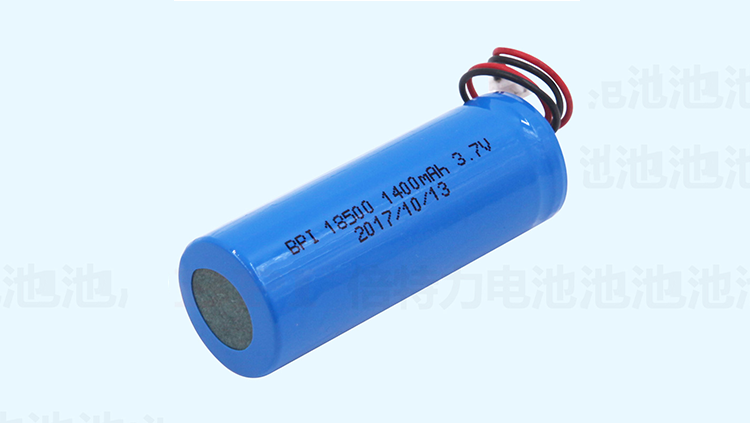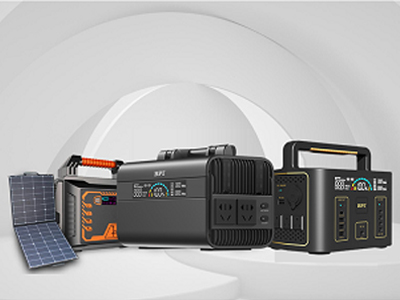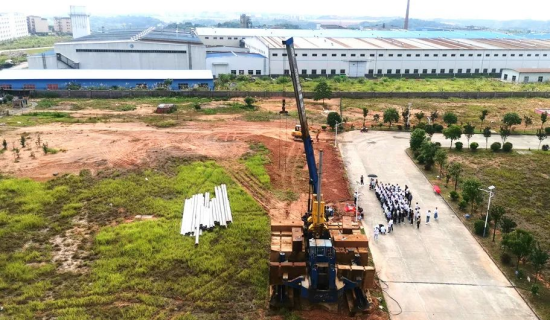Troubleshooting methods of lithium battery:
1. What are the possible reasons for shortening battery life?
1) Whether the customer's charger or charging circuit matches the battery, and whether the output voltage/current is stable;
2) Whether the battery/battery pack is used according to the requirements (such as battery use and storage environment);
3) Whether the battery type used by the customer is consistent with the customer's equipment requirements.
4) Whether the battery/battery pack is continuously overcharged or overdischarged;
Methods:
1) Understand the specific use of batteries;
2) Check the nominal rated current and voltage of chrome-plated plate of charger;
3) Use a multimeter to charge the battery in series on the circuit and check whether the charging current is too high.
4) Use a charger or charging circuit that matches the battery/battery pack and is more stable.
Supporting battery;
5) Customers are advised to use batteries/batteries as required, and try to avoid overcharging, reverse charging or overdischarging;
2. What is overcharging? What are the adverse consequences of overcharging? How to avoid it?
1) Theoretically, lithium-ion batteries are charged at a certain rate of constant current and constant voltage. When charging is converted to constant voltage 4.20V charging, the current in the charging circuit is 0.01c, and the constant voltage charging state is still in progress, that is, overcharging is considered.
2) Overcharge may lead to leakage, deformation, fire and bulge when the voltage reaches a certain level after constant voltage failure, which is one of the main reasons for damaging battery performance.
3) In the battery plus PCB protection, or set in the charger protection circuit and/or time limit device (depending on the charge current), to prevent the battery from overcharging, can achieve the effect of prevention and protection.
3. What is overrelease? What are the adverse consequences of overrelease? How to avoid it?
1) The battery emits constant current at a certain rate. When the battery voltage reaches 2.4v, the discharge state continues, that is, overdischarge.
2) Overdischarge may lead to leakage, zero voltage and negative voltage, which is one of the main reasons for damaging battery performance.
3) In the battery plus PCB board or in the charger design protection circuit and/or time limit device, to prevent overrelease.
 The characteristics of lithium batteries are known as beitli
The characteristics of lithium batteries are known as beitli
 How to choose the outdoor power supply correctly
How to choose the outdoor power supply correctly
 How Can Portable Power Stations Facilitate Your Life?
How Can Portable Power Stations Facilitate Your Life?
 BPI starts the construction ceremony of phase III.
BPI starts the construction ceremony of phase III.
nickel batteryoutdoor power storagepack batterylithium-polymer batterylead acid battery convert to lithium battery
precision electronicsoil pipelineAerospaceprecision electronicsaluminum industrynon-ferrous metalsvehicle manufacturingmold cleaningbridge steel structureother industries